In the sun-baked villages of Iran, where the air shimmers with heat and the earth yields hardy herbs, a humble fermented drink has quenched thirst for centuries. Doogh, the tart yogurt-based beverage flecked with mint, whispers tales of Persian kitchens and nomadic traditions. Unlike the slick, mass-produced versions lining supermarket shelves, authentic Iranian doogh carries the imprint of time – a living drink that bubbles with microbial activity long after it leaves the churn.
The magic begins with mast, the Persian yogurt strained through muslin until it thickens like wet chalk. Village women know the secret lies not in sterile equipment, but in the wooden spoons grooved with decades of bacterial colonies. When mixed with mountain spring water and a fistful of crushed wild mint, the concoction transforms into something alive. Clay pots buried halfway in cool earth provide the perfect womb for fermentation, as temperatures swing violently between scorching days and chilly nights.
What Western food scientists might call Lactobacillus, Iranian grandmothers refer to as "the breath of the pot" – that invisible life force that turns sharp acidity into layered complexity. The fermentation dance lasts between three moon cycles in cooler northern regions to mere days in the fiery Dasht-e Kavir desert, where microbial activity races like a hare compared to the tortoise pace of the Alborz Mountains. This territorial variation creates distinct regional signatures; Shirazi doogh bites the tongue with citrusy sharpness, while Tabrizi versions mellow into buttery softness.
Modern Iranian cafes now showcase doogh somati (traditional fermented doogh) alongside espresso machines, serving it in frozen copper cups that frost over like winter windows. The revival has sparked curiosity about ancestral fermentation techniques nearly erased by pasteurization. In remote Zagros Mountain villages, researchers recently documented an 800-year-old method involving sheepskin bags and wild thyme – a process that creates explosive carbonation without forced carbon dioxide injection.
The microbiology of traditional doogh reveals a staggering diversity absent in commercial versions. University of Tehran studies identified over 40 unique strains of lactic acid bacteria in village samples, compared to the 3-4 standardized strains in factory production. These wild microbes produce not just acidity, but subtle floral esters and earthy undertones that change with the seasons. Spring doogh carries hints of fresh almonds from grazing goats, while autumn batches develop an almost wine-like complexity.
Controversy simmers around industrialization's impact. Purists argue that shelf-stable doogh – homogenized, pasteurized, and inoculated with lab-grown cultures – constitutes a different beverage entirely. The tension mirrors global debates about artisanal fermentation, yet in Iran it carries particular cultural weight. During Nowruz celebrations, families passing around the year's first batch of doogh aren't just sharing a drink, but a microbiome – a literal taste of home that no sterile factory product can replicate.
Recent years have seen urban fermentation clubs emerge in Tehran's basements, where enthusiasts experiment with heritage techniques using digital pH meters. This unlikely marriage of ancient practice and modern science has yielded innovations like saffron-infused doogh aged in walnut wood barrels. Meanwhile, eco-conscious farmers advocate for doogh as a sustainable alternative to water-intensive nut milks, highlighting how traditional fermentation transforms scant resources into nutritionally dense sustenance.
The story of doogh fermentation is ultimately one of resilience – of microbial life, of cultural memory, of adaptation. As the drink gains global attention, its deepest value may lie in reminding us that not all progress moves forward; sometimes it spirals back to recover wisdom buried in clay pots and sheepskin sacks. In each effervescent sip, there persists the quiet rebellion of wild fermentation against the tyranny of sterility, a liquid testament to the beautiful persistence of life.
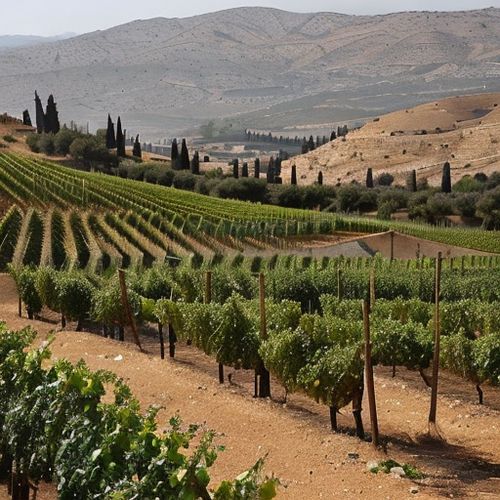
By Jessica Lee/May 10, 2025
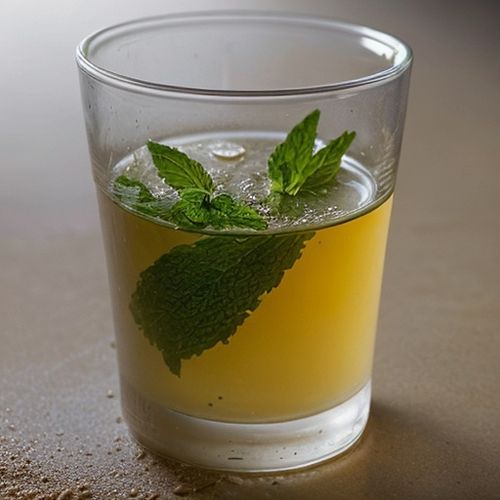
By Victoria Gonzalez/May 10, 2025
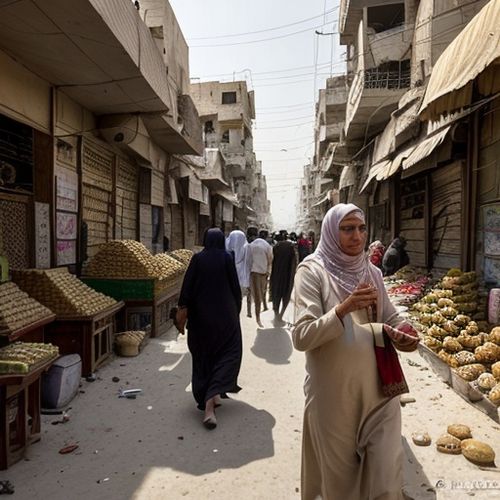
By Noah Bell/May 10, 2025
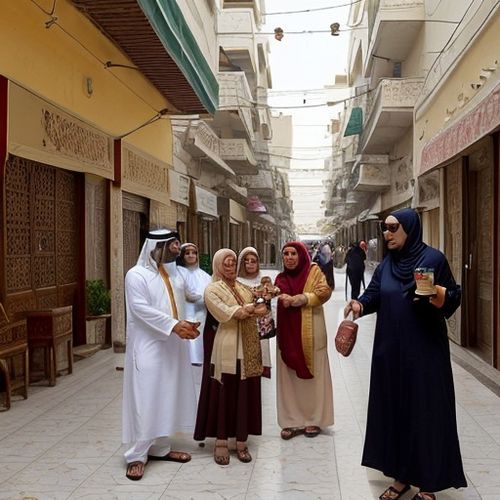
By Benjamin Evans/May 10, 2025
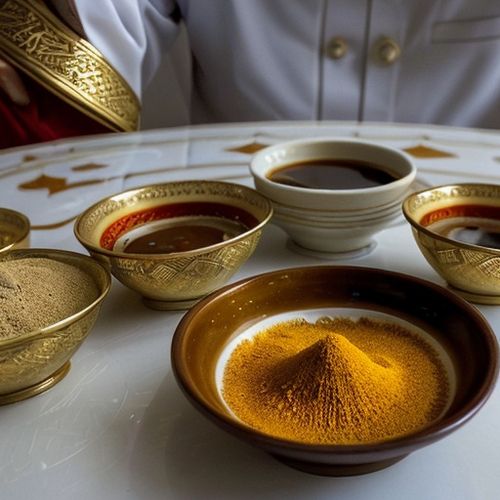
By Rebecca Stewart/May 10, 2025
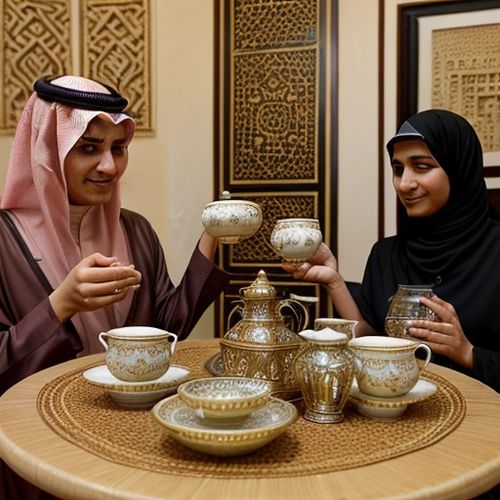
By Daniel Scott/May 10, 2025
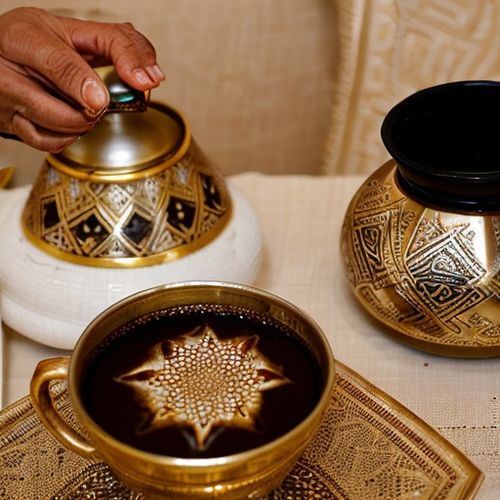
By Samuel Cooper/May 10, 2025
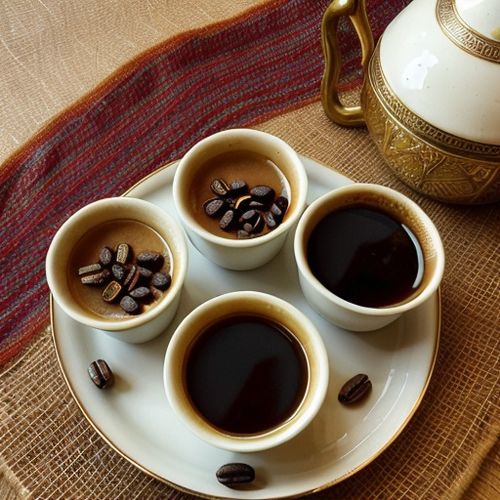
By Ryan Martin/May 10, 2025
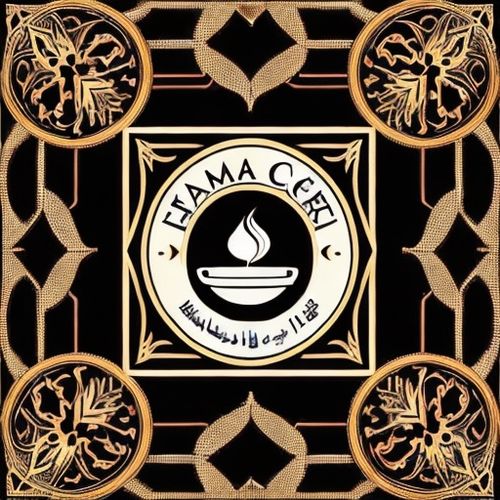
By James Moore/May 10, 2025

By Rebecca Stewart/May 10, 2025
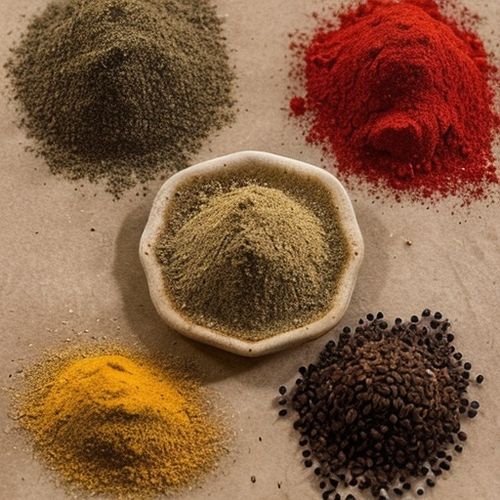
By Rebecca Stewart/May 10, 2025

By Thomas Roberts/May 10, 2025
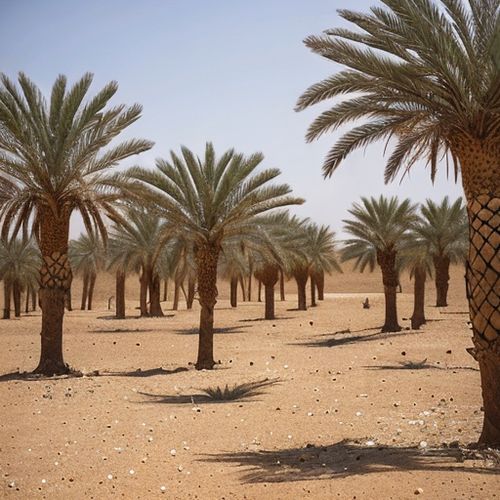
By Grace Cox/May 10, 2025

By Sophia Lewis/May 10, 2025
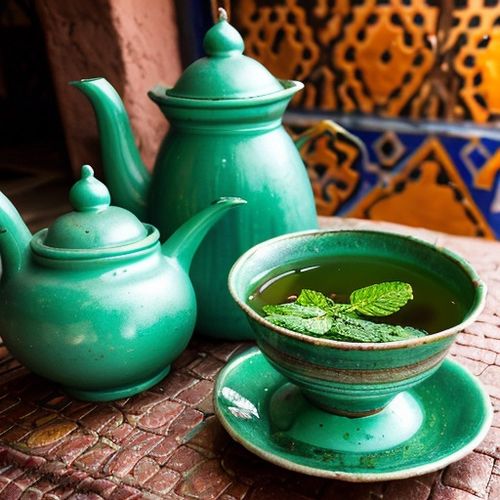
By Sophia Lewis/May 10, 2025

By Daniel Scott/May 10, 2025
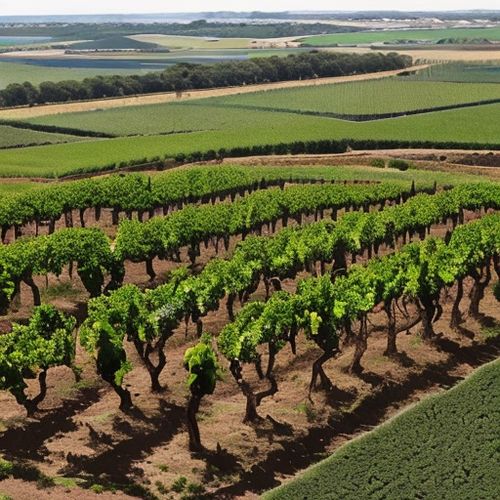
By Amanda Phillips/May 10, 2025
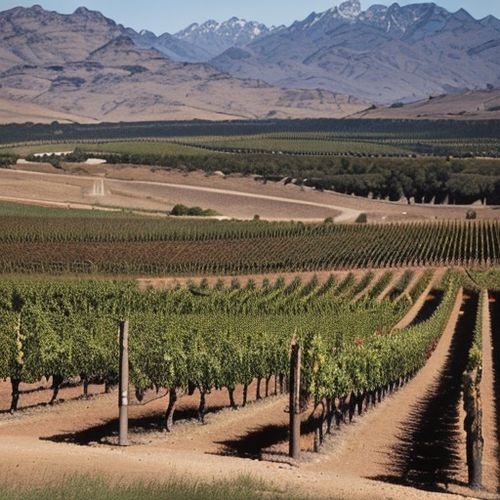
By Lily Simpson/May 10, 2025
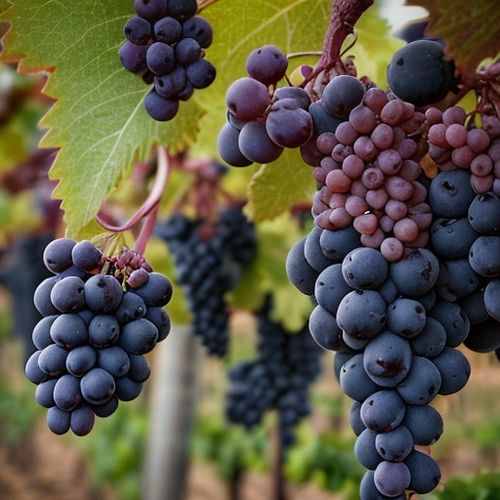
By Natalie Campbell/May 10, 2025

By Olivia Reed/May 10, 2025